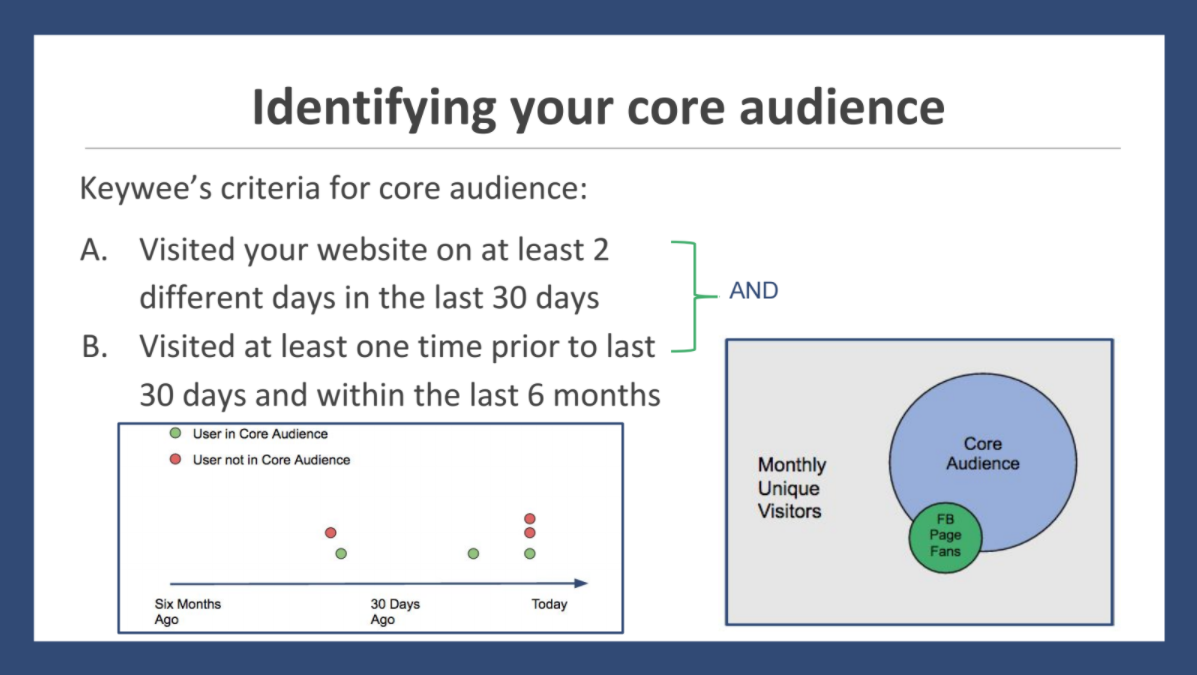One of the primary reasons that marketers turn to Facebook for help achieving their business goals is that, unlike other content distribution platforms, Facebook allows them to speak directly to very specific, granular audiences. That said, while reaching the right audience is undoubtedly a critical component of any targeted campaign, oftentimes it’s only half the battle.
When dealing with such nuanced audiences, it’s equally important for publishers to take a step back and evaluate how to best approach these audiences. Brands should ask themselves, “What is the typical behavior of these Facebook users, and how do I remain mindful of that as I’m serving them campaigns to bring them to my site?”
In our latest webinar, “How Publishers Can Leverage Facebook Data to Behaviorally Grow Their Lists,” we dove in head first to find answers to these tough questions. With some help from our friends at Bounce Exchange, we explored some behavioral traits that are common among most Facebook users, as well as techniques for creating a custom experience for your Facebook-driven website visitors.
Here are a few highlights from the webinar.
The Behavioral Mindset of Facebook Traffic
There’s a common misconception that when people click a link on Facebook they only consume that single piece of content, then immediately return to Facebook and continue browsing their News Feed. While this traffic can be flighty, one Keywee study found that Facebook-driven traffic sees nearly three times as many pageviews as other traffic sources.
So how hard is it to acquire quality traffic on Facebook these days? When looking to acquire quality traffic from Facebook, it all comes back to the concept of growing your core audience, a.k.a. “The Holy Grail of Publishing.” One Keywee client study actually found that core audience members are five times as valuable as a passerby.
Smart publishers should consider a strategy that uses core content, the content that best represents your overall brand, to attract and retain readers.
Maintaining Continuity from Facebook to Your Site
Generally speaking, smooth transitions are preferable to those that are abrupt or unexpected. So why not offer some continuity to visitors that you’re bringing to your site from Facebook? Since you know which piece of content brought a particular user to your site, you should have a sense of what else may interest that visitor. This means that you can offer more relevant content that echos the same value that brought the reader to your site in the first place.
Consider this simplified example: Mike is browsing Facebook and comes across a sponsored post from a national newspaper that’s promoting a tech article. When Mike clicks on the link to read the article, rather than displaying the paper’s standard navigation bar (which includes verticals like Food or Style), the website dynamically changes the navigation bar to display the subcategories within the tech vertical.
Publishers looking to increase brand affinity should consider designing these secondary experiences around the content that initially brought the reader to their site. You can also try offering more content that’s similar via a newsletter sign-up or through browser push notifications.
The List Goes On
Watch the webinar below to hear more about the items above and more, including discussions on a wide range of topics like:
- The predictability of paid channels and how it enables you to scale your content distribution
- Whether clickthrough rate matters when you’re paying CPC (spoiler alert: it does)
- The factors that contribute to the cost of distributing your content on Facebook, like post engagement rate and the number of Likes on your page
- Tips for moving your audience from content affinity to brand affinity
- How brands are modifying their mobile experience to resemble Facebook in order to reduce friction
—
About Keywee
Keywee enables the creation, distribution and measurement of content that drives business results for publishers, retailers and brands. Hundreds of iconic brands and digital natives like The New York Times, The BBC, AOL, and Forbes use Keywee’s revolutionary platform to find the audiences most likely to meet specific goals for their content.
Interested in learning more about Keywee? Click here to request a demo.



